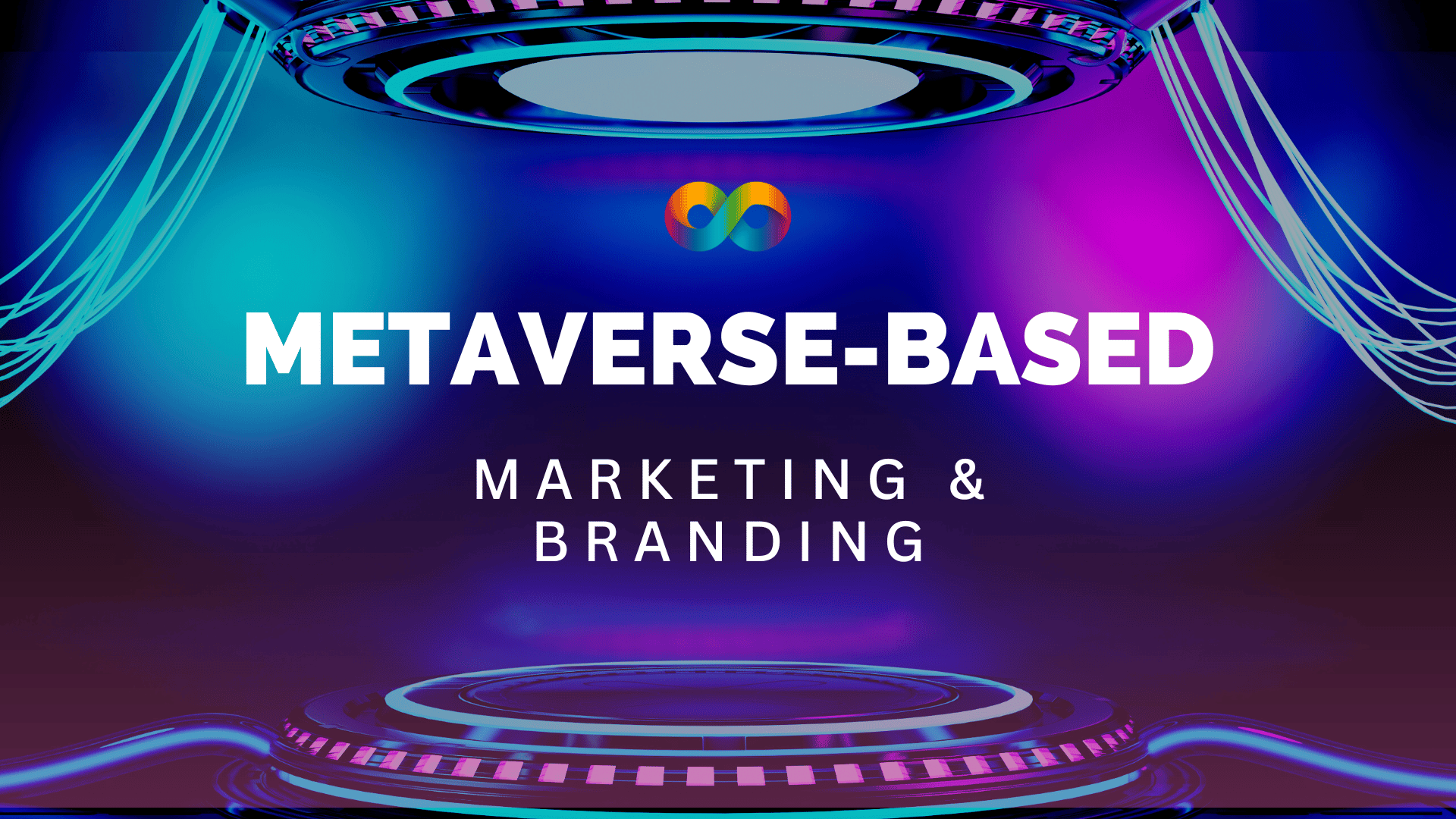Metaverse-based applications can be used for marketing and branding activities as it provides a unique platform for businesses to engage with their target audience in an immersive and interactive way. Industries such as gaming, entertainment, fashion, and retail are particularly well-suited to metaverse-based marketing and branding activities. By utilizing the metaverse, businesses can create personalized experiences for users, showcase their products in a more realistic way, and establish themselves as leaders in their industry. We present here the metaverse-based applications in marketing and branding and make it clear with a relevant case study.
Applications of Metaverse in Fashion and Retail
There are several possible applications of metaverse-based marketing and branding in the fashion and retail industry. Here are some examples:
- Virtual Try-On: Businesses can use metaverse-based applications to allow users to try on clothes and accessories virtually. This can help users visualize how the product will look on them before making a purchase, leading to higher conversions.
- Personalized Styling: Metaverse-based applications can be used to provide personalized styling recommendations based on user data and preferences. This can create a more engaging and personalized experience for users.
- Virtual Showrooms: Retailers can create virtual showrooms that showcase their products in an immersive and interactive way. Users can explore the showroom, interact with the products, and make purchases directly in the virtual environment.
- Branding: Metaverse-based applications can be used to establish a strong brand presence in the virtual world. By creating unique and eye-catching virtual environments, businesses can increase brand awareness and establish themselves as leaders in their industry.
Overall, metaverse-based applications have the potential to transform the fashion and retail industry by providing a more immersive and engaging experience for users.
Metaverse Based Branding
Metaverse-based applications can be utilized for branding in the fashion and retail industry in several ways. Here are some examples:
- Virtual Pop-Up Shops: Brands can create virtual pop-up shops in the metaverse to showcase their latest products and collections. These virtual spaces can be customized to reflect the brand’s unique aesthetic and personality.
- Immersive Brand Experiences: Metaverse-based applications can provide immersive and interactive brand experiences for users. Brands can create virtual environments that allow users to explore their products, interact with brand ambassadors, and participate in virtual events.
- Virtual Product Launches: Brands can use metaverse-based applications to launch their latest products in a unique and memorable way. Virtual product launches can create buzz and excitement around the brand, and generate media coverage and social media engagement.
- Virtual Brand Ambassadors: Brands can create virtual brand ambassadors that represent their brand in the metaverse. These virtual influencers can help increase brand awareness, engagement, and loyalty among users.
Overall, metaverse-based applications provide a unique opportunity for brands in the fashion and retail industry to create immersive and engaging brand experiences for users. By utilizing the metaverse, brands can establish a strong and memorable brand presence, increase brand awareness, and generate more engagement and loyalty among users.
Technical Requirements
In order to implement a metaverse-based branding solution for the fashion and retail industry, the following technical requirements may be necessary:
- Virtual Environment Creation: The creation of a virtual environment where users can interact with products and branding materials. This may involve the use of 3D modeling software and game engines to create a realistic and immersive environment.
- Avatars: The ability to create customized avatars for users to represent themselves in the virtual environment. This may require the use of avatar creation software and the integration of personalized image generation technologies like Stable Diffusion.
- Product Integration: The ability to integrate virtual representations of products into the virtual environment. This may require the use of 3D scanning and rendering software to create digital replicas of physical products.
- Personalized Advertising: The ability to generate personalized advertising images based on user data and preferences. This may require the integration of AI and machine learning technologies.
- Data Analytics: The ability to collect and analyze user data in order to personalize advertising and improve the user experience. This may require the integration of data analytics software and tools.
Overall, a metaverse-based branding solution for the fashion and retail industry would require a combination of software tools and technologies, including 3D modeling software, game engines, avatar creation software, image generation technologies like Stable Diffusion, 3D scanning and rendering software, AI and machine learning technologies, and data analytics software.
Case Study: Metaverse-Based Branding Solution for the Fashion and Retail Industry
Introduction
The fashion and retail industry is constantly evolving, and businesses are always looking for innovative ways to connect with customers. With the growing popularity of the metaverse, a virtual environment where users can interact with each other and digital objects, businesses in the fashion and retail industry are exploring new opportunities for branding and marketing.
Objective
To develop a metaverse-based branding solution for the fashion and retail industry that utilizes 3D avatars and virtual product placement to enhance the customer experience and increase brand awareness.
Implementation
The solution involved the following steps:
Step 1: Developing a virtual showroom – A virtual showroom was created in the metaverse where users could browse through the latest fashion collections from the brand.
Step 2: 3D avatar creation – Users were provided with the option to create their own 3D avatars to interact with the virtual showroom. This allowed users to see how the clothes would look on them in a realistic way.
Step 3: Virtual product placement – The virtual showroom was designed to showcase the brand’s products in a realistic way. Users could interact with the products, view them from different angles, and even try them on virtually.
Step 4: Personalized advertising – The metaverse-based branding solution utilized user data to generate personalized advertising images that were placed in the virtual environment. This helped to create a more engaging and immersive experience for users.
Step 5: Integration with e-commerce – The virtual showroom was integrated with the brand’s e-commerce platform, allowing users to purchase the products directly from the metaverse.
Results
The metaverse-based branding solution for the fashion and retail industry proved to be a success. The solution allowed the brand to:
- Increase brand awareness: The virtual showroom provided a unique and engaging experience for users, which helped to increase brand awareness.
- Enhance customer experience: The 3D avatars and virtual product placement allowed users to interact with the brand’s products in a more immersive and realistic way.
- Increase sales: The integration with e-commerce allowed users to purchase the products directly from the metaverse, which helped to increase sales.
Conclusion
The metaverse-based branding solution for the fashion and retail industry provides a unique and engaging experience for users. The solution utilizes 3D avatars, virtual product placement, and personalized advertising to enhance the customer experience and increase brand awareness. This solution can be applied to other industries as well, and it provides a glimpse into the potential of the metaverse for marketing and branding activities.







